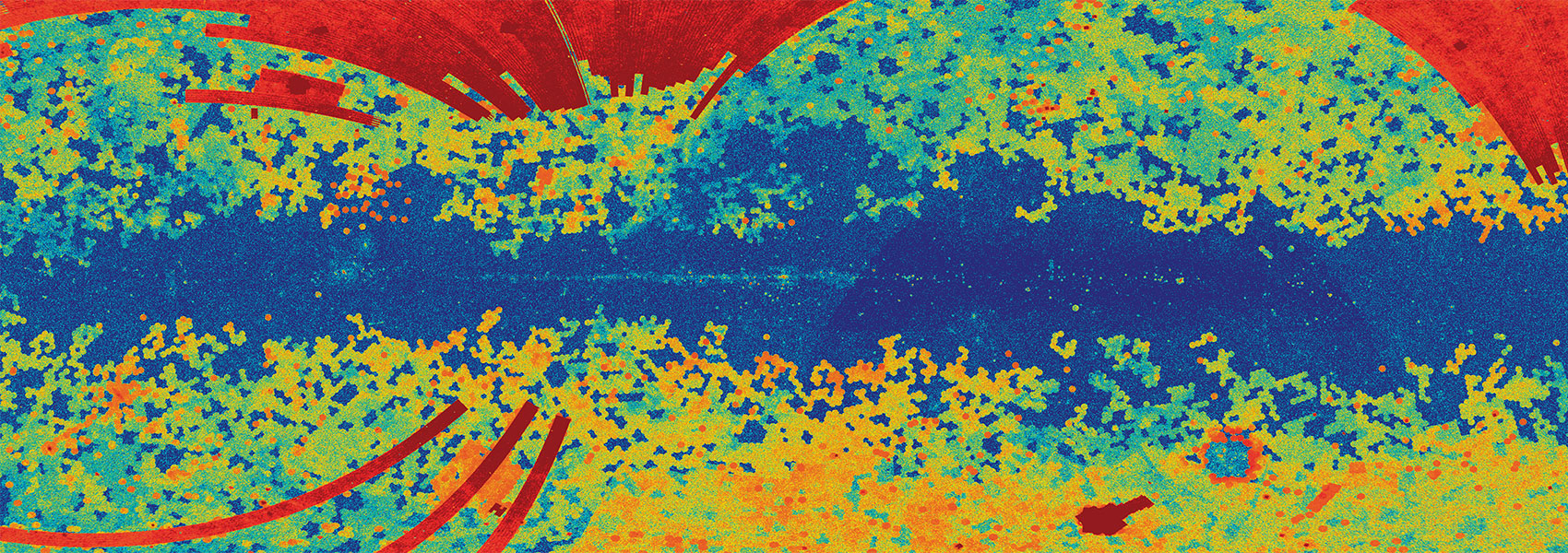
Polarized Light from Massive Protoclusters (POLIMAP). I. Dissecting the Role of Magnetic Fields in the Massive Infrared Dark Cloud G28.37+0.07
June 2024 • 2024ApJ...967..157L
Abstract • Magnetic fields may play a crucial role in setting the initial conditions of massive star and star cluster formation. To investigate this, we report SOFIA-HAWC+ 214 μm observations of polarized thermal dust emission and high-resolution GBT-Argus C18O(1-0) observations toward the massive Infrared Dark Cloud (IRDC) G28.37+0.07. Considering the local dispersion of B-field orientations, we produce a map of the B-field strength of the IRDC, which exhibits values between ∼0.03 and 1 mG based on a refined Davis–Chandrasekhar–Fermi method proposed by Skalidis & Tassis. Comparing to a map of inferred density, the IRDC exhibits a B–n relation with a power-law index of 0.51 ± 0.02, which is consistent with a scenario of magnetically regulated anisotropic collapse. Consideration of the mass-to-flux ratio map indicates that magnetic fields are dynamically important in most regions of the IRDC. A virial analysis of a sample of massive, dense cores in the IRDC, including evaluation of magnetic and kinetic internal and surface terms, indicates consistency with virial equilibrium, sub-Alfvénic conditions, and a dominant role for B-fields in regulating collapse. A clear alignment of magnetic field morphology with the direction of the steepest column density gradient is also detected. However, there is no preferred orientation of protostellar outflow directions with the B-field. Overall, these results indicate that magnetic fields play a crucial role in regulating massive star and star cluster formation, and therefore they need to be accounted for in theoretical models of these processes.
Links
- PREPRINT http://arxiv.org/abs/2401.11560
- ELECTR https://doi.org/10.3847/1538-4357/ad39e0
- SIMBAD https://simbad.u-strasbg.fr/simbad/sim-ref?querymethod=bib&simbo=on&submit=submit+bibcode&bibcode=2024ApJ...967..157L
- PDF https://iopscience.iop.org/article/10.3847/1538-4357/ad39e0/pdf
- DATA https://irsa.ipac.caltech.edu/bibdata/2024/L/2024ApJ...967..157L.html


